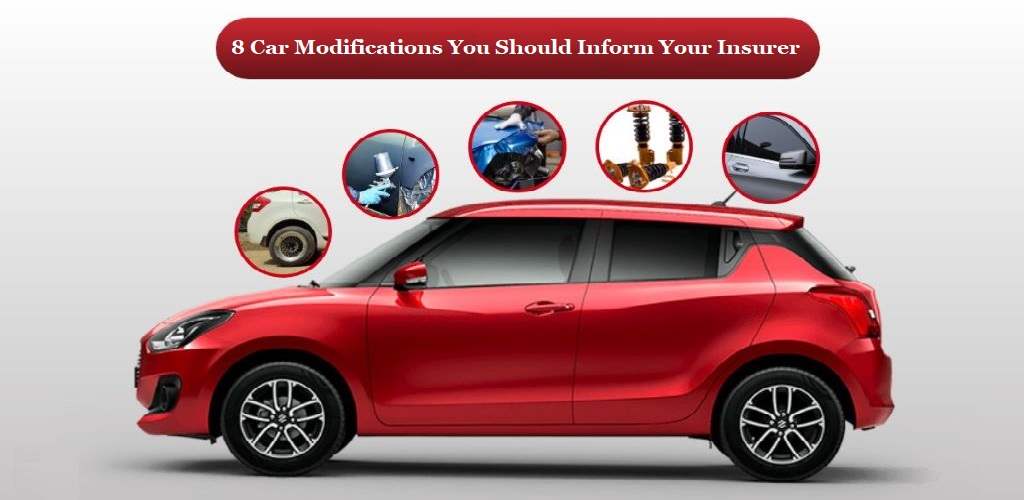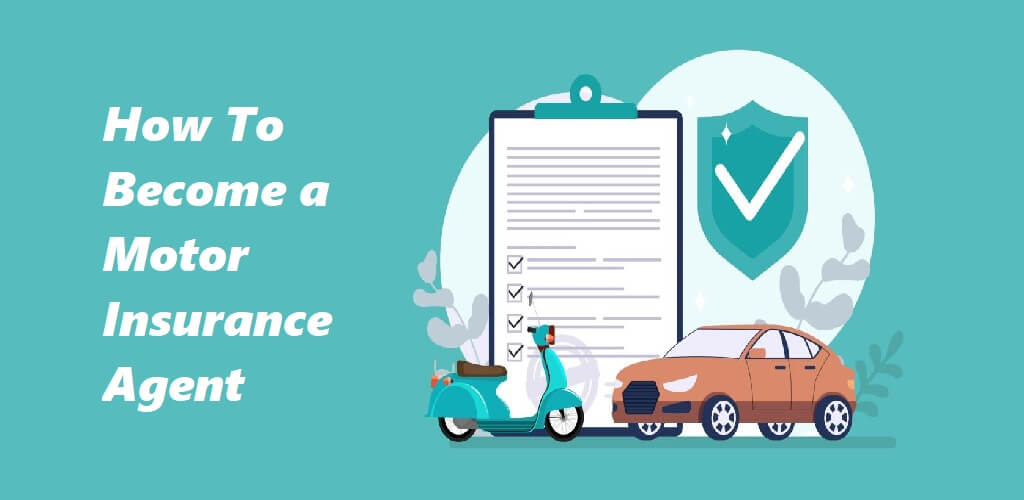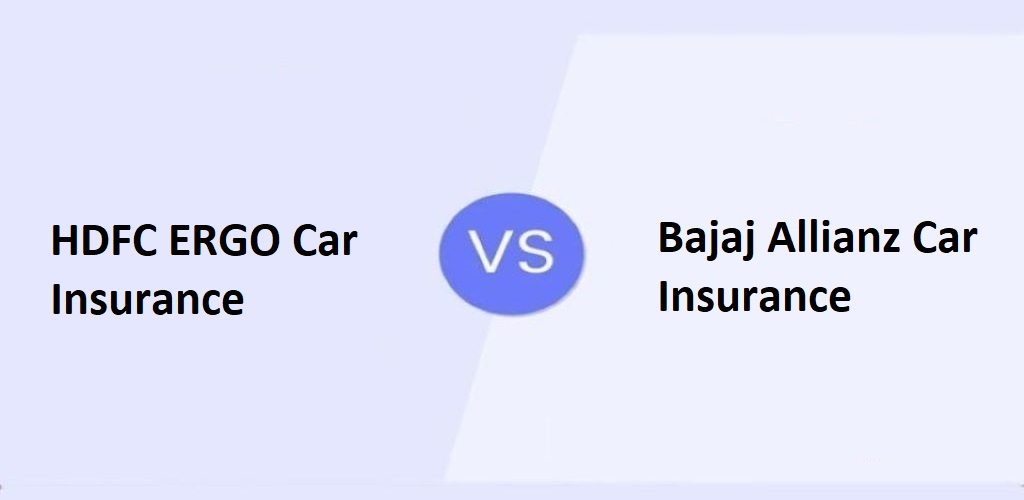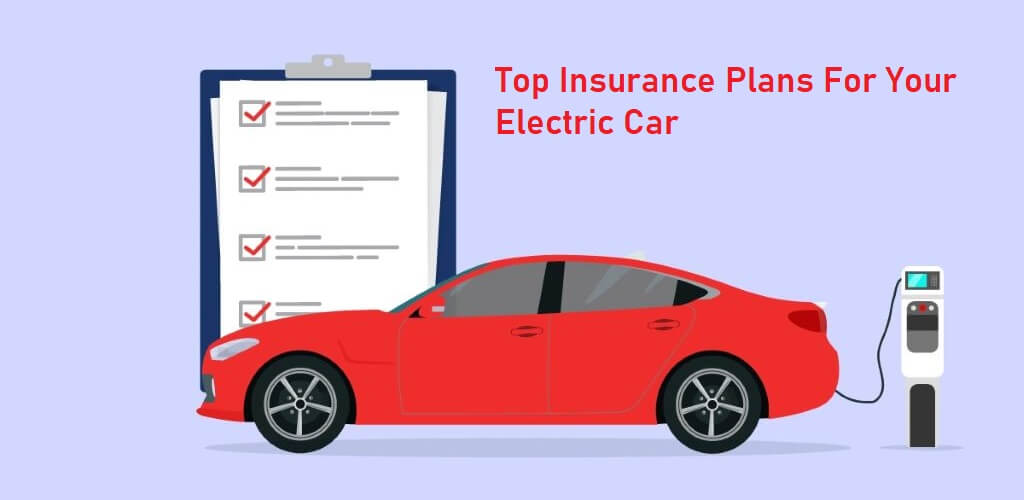Do you want to give a new look to your vehicle? Do you want to make everybody’s heads turn around on the streets? If so, you cannot overlook the importance of car modifications. Car modifications are a great way to personalize your ride and boost its performance. Maybe you’ve thought about adding flashy headlights, sturdy… Continue reading 8 Car Modifications You Should Inform Your Insurer
Category: Car Articles
How to Become a Motor Insurance Agent in India
Motor insurance is crucial because it gives vehicle owners peace of mind about their vehicles. But behind the scenes, there’s an important group of people who help customers find the perfect vehicle insurance. They are known as ‘Motor Insurance Agents’. The Indian Motor Insurance Market is projected to grow from USD 11.96 billion in 2024 to USD… Continue reading How to Become a Motor Insurance Agent in India
HDFC ERGO Car Insurance vs Bajaj Allianz Car Insurance
When it comes to protecting your vehicle and securing yourself financially, choosing the right car insurance is crucial. In India, two of the most well-known insurance providers in the market are HDFC ERGO Car Insurance and Bajaj Allianz Car Insurance. Both of these companies offer a wide range of products that cater to the diverse… Continue reading HDFC ERGO Car Insurance vs Bajaj Allianz Car Insurance
Future Generali Vs IFFCO Tokio Car Insurance
Car insurance provides coverage for medical expenses, repair costs, and liability to others involved in the accident. With an insurance policy in place, you can enjoy peace of mind knowing that all financial expenses can be taken care of in case of an accident or damage to your vehicle. Repairing or replacing your car parts… Continue reading Future Generali Vs IFFCO Tokio Car Insurance
Top Insurance Plans For Your Electric Car
In the past few years, the automotive industry has witnessed a significant shift due to the increasing adoption of electric vehicles (EVs). As reported by BWAutoWorld, the electric vehicle market in India is expanding and will continue to grow by approximately 47% every year from 2022 to 2027. As the world aims for greener and more eco-friendly… Continue reading Top Insurance Plans For Your Electric Car
Rental Car Insurance: Insurance for Rental Vehicles
Have you ever considered getting a car, but the high costs have caused you to second-guess your choice? You are not alone, though, and there is a solution for this particular issue, i.e., car rental insurance. Due to the growing pollution in urban areas, cars are now more of a need than a luxury. Therefore,… Continue reading Rental Car Insurance: Insurance for Rental Vehicles
HDFC Car Insurance Vs. ICICI Car Insurance
Car accidents may come in the most unexpected ways. When they do, only adequate car insurance can protect the owner/driver against various finances. Its effectiveness, however, is limited by the selections policy-seekers make when purchasing their car insurance. Since there are a gamut of car insurance providers in India with their own distinct features, it… Continue reading HDFC Car Insurance Vs. ICICI Car Insurance
National Car Insurance Vs. New India Car Insurance
India has a large population, so driving on Indian roads requires a high level of skill. This is because accidents happen a lot, no matter whether you are living in urban or rural areas. As a result, the government has made purchasing car insurance a requirement for all car owners to protect both the safety… Continue reading National Car Insurance Vs. New India Car Insurance
Kotak Car Insurance vs. Liberty Car Insurance
It is no secret that we invest our hard-earned cash in a car so that we can travel in comfort. It becomes a part of your life and a lot of special occasions. But since life is full of surprises, you should be ready to face any hardship that comes your way by selecting the… Continue reading Kotak Car Insurance vs. Liberty Car Insurance
CarInfo and Probus Insurance Brokers: Driving Digital Transformation in Used Car Dealerships
In a groundbreaking partnership, CarInfo, a revolutionary vehicle management platform with over 5 crore downloads for its consumer app, has joined forces with Probus Insurance Brokers to catalyze the digital evolution of used car dealerships. CarInfo’s consumer app has already become a one-stop-shop for vehicle owners, and with the merchant app – CarInfo for Dealers, it’s now the… Continue reading CarInfo and Probus Insurance Brokers: Driving Digital Transformation in Used Car Dealerships










